The rise of social media has changed the ways we interact, network, and do business. Social media networks allow users to organically cultivate social, political, and commercial movements that express themselves in traditional institutions. As movements become popular, they become standard business practices in digital marketing.
One such social media movement is the Facebook Challenge. This movement went viral in 2015, when users all over the world dumped buckets of ice water on themselves to raise money for ALS research and awareness. Since, Facebook has leaned into their fundraising capabilities, leading to a diverse range of fundraising challenges, birthday fundraisers, and giving networks.
At Nonprofit Megaphone, we’ve partnered with social media professionals to help nonprofits get the most out of their Facebook challenge campaigns. We’re here to share what we’ve found. Read on to learn the ins and outs of Facebook challenges in our Ultimate Guide.
What is a Facebook Challenge?
Simply put, a Facebook Challenge is a fundraising campaign organized on behalf of a nonprofit in which people participate in a month-long challenge of a physical nature. Participants are encouraged to post about their progress in the challenge, build relationships with other participants and stakeholders, and encourage their broader network to donate to the organizing nonprofit.

Facebook Challenges ask participants to sacrifice and push themselves to be better, which is why most successful challenges involve month-long exercise goals. For example, successful challenges include walking so many miles or doing so many push ups over the course of a month. Picking the right goal is crucial because it gives participants something to strive for and be proud of. If they are proud of their achievements and push themselves publicly, it encourages their social network to support them and their fundraising efforts. Facebook Challenges are successful because they bring together existing networks, challenge networks, and personal growth to support a worthy cause.
Facebook Challenge Pipeline
A challenge is designed to funnel people through a series of specific tasks in order to meet the ultimate goal of fundraising. This method takes advantage of Facebook’s usefulness as a social media, networking, and advertising platform. Ideally, users are guided through the following steps during the challenge:
- One month before the challenge begins, a user is presented with a Facebook Ad promoting the challenge, promising a fulfilling journey and (optionally) a free incentive.
- The user clicks on the ad and fills out a brief information form. In order to participate and claim the incentive, the user must join a Facebook group created for the challenge.
- Upon joining the group, the user is prompted to create a fundraiser based on a template provided by the nonprofit organization.
- During this preliminary period and the challenge itself, the user helps to foster a community of support within the group, encouraging everyone to enthusiastically participate in the challenge and resulting fundraising.
- When the challenge begins, the user frequently posts about their progress to both the group and their personal Facebook feeds. They remind their network that they are doing this challenge for a worthwhile cause and encourage them to donate.
- The challenge ends and the user has completed their goal. They walk away having a renewed sense of personal growth, a few new online friends, and have become a closer supporter of the nonprofit organization.
What Types of Nonprofit Are Challenges Good For?
Our research shows that Facebook Challenge success often correlates with nonprofit mission. Donors want to know that their money is going to a good cause and this is no less true in digital fundraising. In a Facebook Challenge, the nonprofit’s mission should be easily identifiable, as the donor is less likely to investigate their organization. Instead, they want to support their friend or family member in their challenge, and may therefore only take a cursory glance at the nonprofit to ensure that their values align with theirs.
While new techniques are in constant development, we’ve found that specific categories of nonprofit are likely to succeed in Facebook Challenges. These categories include:
- Medical or Research Organizations
- Animal Welfare Organizations
- Relevant Humanitarian Organizations
It’s not always clear why these organizations are successful, and it is certainly the case that other kinds of organizations can have tremendous success using Facebook challenges. One common factor among these successful organizations is that a wide variety of participants are personally affected by their causes. For example, a cancer research organization is likely to succeed because cancer is likely to affect us or our loved ones at some point in our lives. This personal investment is crucial for bringing people into the challenge and encouraging them to fundraise effectively.
Beyond the organization’s mission, there are other factors that can indicate a high likelihood of challenge success. For example, if your organization has experience with community fundraising, those skills will come in handy during a Facebook challenge. You’ll have existing knowledge and infrastructure that can be easily applied to the challenge format. Further, if your organization has experience using social media fundraising, you’re likely to see great success with a Facebook challenge. Many organizations already use Facebook’s birthday fundraisers to raise money and cultivate support. Taking advantage of that support during a challenge is a big indicator of success.
Steps to Execute a Facebook Challenge
Successful execution of a Facebook Challenge requires following a proven strategy. This strategy will require labor, time, and financial investment, but promises an immediate and long term ROI for your organization. Further, the strategy is scalable, allowing you to invest more resources to increase your return.
Broadly, a challenge runs in four phases: Preparation, Promotion, Activity, and Wrap-Up. Each of these steps is integral to the success of the other and contains various tasks within. The following sections will outline each step in detail.
Phase 1: Preparation
The preparation phase is where you’ll organize your challenge and prepare for its success. Because the challenge only runs for a month, you’ll want to ensure that you have your resources allotted, your team trained, and your plan in place.

Determine the Challenge Concept
The first priority for your team is to determine the challenge concept. As outlined above, the concept will determine what the participants will try to achieve during the challenge month. Ideally, a challenge should be something that:
- Anyone can do regardless of physical ability or economic status.
- Presents a surmountable challenge for most people
- Can be easily documented, shared, and understood on social media.
Not every challenge will meet these criteria, but having them in mind will ensure that your challenge is moderately successful. The challenge concept builds a foundation for a fundraising community, so it should be thoroughly thought through.
Taking Inventory: What You Need To Execute the Challenge
In our experience, challenges are driven by a few specific components, listed below. While you may not have every part you need at the beginning of the challenge, the more you can secure, the more likely you are to succeed. In addition, having these materials ahead of time will allow you to better focus your time and energy on other parts of the challenge. Each item will explain how it fits into the larger execution of the challenge.
Facebook Ads
Facebook ads are used to make strangers aware of the challenge and the promoting organization. Using Facebook’s complex algorithm, ideal users are targeted automatically and will be presented with the ads.
Ads are dynamically generated, so you won’t need a digital marketing degree to implement them. Instead, all you need are some images and ad copy; Facebook will test them in various combinations. Over time, they will only show those combinations that perform the best.
GivePanel Subscription
GivePanel is a fantastic tool that is essential for running a Facebook Challenge successfully. You can learn more at givepanel.com.
Facebook Group
The Facebook Group is used to funnel users, supporters, and staff all into the same place. The group should be administered by the nonprofit staff or associated marketing professionals in order to ensure things run smoothly. Group admins and champions should be active in the group, encouraging positivity, answering questions, and keeping the group focused.
Group Header
We’ve learned that everything matters in Facebook challenges, including seemingly insignificant factors. Every Facebook group has a header photo, which is often the first thing a user sees when they arrive on the page. Designing a custom header is imperative. Be sure the header includes the challenge name and nonprofit logo.
Fundraiser Text
Part of the philosophy behind organizing a Facebook challenge is making it easy and convenient for users to participate, socialize, and fundraise. To this end, we recommend creating fundraising templates that provide users with ready-made and tested fundraising copy for their fundraisers. Good fundraiser texts should stick out to anyone scrolling through their timelines and encourage them to donate. Further, it’s best to include third-party information about the nonprofit, including ratings and testimonials. This ensures that donors can quickly learn more about the organization and its legitimacy.
Email Journeys
Around 10-15 times throughout the challenge, you should send out emails to group members that update them on the progress of the group and the campaign. By collecting their emails in the initial intake form, you’ll be able to easily send messages to the entire group. The content of these emails should vary, but should highlight members, share fundraising milestones, and promote the benefits of the challenge. Further, include any relevant impact statements that demonstrate how the nonprofit plans to use this fundraising revenue.
Challenge Tracker & Instructions
Since most challenges last a whole month, participants are unlikely to finish in only a few days. Take advantage of the timeline by creating a branded challenge tracker. This tracker can be used as a challenge calendar for participants, allowing them to keep track of their progress. Further, it gives them something that can be easily shared in the group and their broader social network with the challenge name and nonprofit branding for all to see.
Group Champions
You’ll be surprised by just how many people find their way into the Facebook group. While most will be polite, positive, and driven, it’s important to have moderators in the group who can keep things on track. For this reason we recommend anointing group champions well before the challenge begins. These champions should be either staff, board members, or long-term supporters of the organization.
Champions have two primary roles. First, they are to ensure that all activity in the group is productive, helpful, and kind. Second, they are to encourage engagement among members, asking them to share updates, photos, and fundraising milestones. By fostering a great group, participants are more likely to share their progress with their broader network.
In addition to champions, you should designate someone to be an administrator. This administrator will oversee the champions and ensure that they have all the information and coordination they need. The ideal person for this role is someone who works for the nonprofit in a leadership or marketing role.
Case Studies
Supporters of nonprofit organizations like to know how their donations are used and what problems they are helping to solve. Therefore, it’s good to have some case studies on hand to show how previous fundraisers have helped the organization achieve its goals. Since the challenge will be growing your base of supporters, this is a great example to show them why fundraising with you is impactful.
Incentives
Many successful Facebook challenges use incentives in order to get people to sign up for the group. Commonly, these incentives are a branded t-shirt, but could be anything of value to users. If you created a tracker, these can be printed and sent to group members at a low cost. In addition, some challenges provide medals or certificates to all participants who reach a certain milestone or finish the challenge.
By promising a free incentive, you’re encouraging users to join the group and begin the process of participating in the challenge. While not all who do this end up being participants or fundraisers, the costs of providing the incentives are ideally much lower than the resulting fundraising returns.
Providing an incentive is an optional step. It presents an opportunity to bring more participants in, but at the cost of an up-front investment that may not pay off. Therefore, we recommend offering incentives only if your organization has the capacity and inventory to take on the risk and successfully deliver on the incentive. For many organizations, you can operate a successful challenge without this element.
Phase 2: Promotion
Once you have all the pieces in place, it’s time to start the implementation of the challenge. This starts with promotion: the process of creating a community and preparing them to challenge themselves and fundraise.
This process will happen after the ads begin running but before the challenge is scheduled to begin. For most challenges, this is a period of one month. Prepare for the promotion period by taking the following steps:
First, you should reward your group members by ensuring they get into the group as easily as possible. It’s best not to restrict membership at first. Members want to participate as soon as they fill out the form, so a lengthy approval process is likely to turn them away. Second, if you offer an incentive, ensure that group members receive them in a timely fashion. Many questions will arise around the delivery of incentives if not done correctly.
Group Champions
The essential part of managing this phase is appointing group champions. Champions are responsible for keeping the group focused, supportive, and helpful. As important members of the community, it is wise to consider staff members, board members, or long term supporters for these roles. We suggest appointing a minimum of six to eight champions, with more depending on the size of the budget.
Champions should be extremely active in the group. They should post often and comment as much as they can. Ideally, they are the first to react to post and answer any questions posed by group members. They are responsible for settling disputes and keeping members informed and focused on the fundraising aspects of the challenge.
Messaging
It’s also important to reach out to active group members and successful fundraisers to encourage their success and participation. This not only includes messages via private direct messages but also public messages on popular posts or the fundraiser itself. Private messages encourage the user to stay active in whatever they’re doing. Public messages do this as well, but also encourage others to strive for recognition as well as boost the post’s engagement.
Crucially, a message should be sent to a fundraiser when they receive their first donation. There’s often a great discrepancy between fundraisers that get no donations verses those that do. Getting that first donation is a huge indicator that more will come. By thanking the fundraiser, you encourage them to get more donations and become a more active part of the challenge community.
Messages can also be sent to fundraisers who are struggling. Many may feel discouraged by a lack of support. Others may be so focused on the challenge that they let fundraising slide. Sending messages to participants with no fundraisers is a great way to get them engaged and back on the right track.
Group Posts
As mentioned above, champions should be active within the group and fostering community. In addition, they should be sure to continually remind the group of updates, best practices, and other items related to fundraising. Some of these posts include:
- Posting welcome messages to new members every few days. If possible, tag these new members to make them feel welcome to participate and ask questions.
- Direct participants on where to post their updates. While doing so within the group is good for the community, remind them to share their updates on their personal timeline and fundraising page. That ensures they can share their triumphs with their social networks and bring in more donations. Remind the participants that what happens in the group is private, and does not always advance their fundraising goals.
- Encourage participants to post on their fundraising page when certain milestones are met. Keeping track of these counts on the fundraising page can encourage donors to continue their support and encourage new donors as they witness the participant’s challenge journey.
Phase 3: Activity Month
Activity month begins when the challenge does. While participants will begin the challenge, the role of staff and champions remains the same. You will notice that participants will become more active in the group, sharing photos and updates of their challenge progress. Champions should encourage participants to share these updates with their broader social network as well and direct their friends to their fundraising page. Participants can easily get caught up in the spirit of the challenge, so champions are there to direct that energy to the benefit of the charitable organization.
Champions and staff should continue to message participants for reaching various milestones, including the crucial first donation. In addition, ensure that all incentives that were promised are delivered as soon as possible after the challenge start. Due to the way the challenge is structured, it’s unlikely that the group will see significant growth once the challenge begins. The Facebook Ads should terminate once the challenge begins. As such, group members will now have some familiarity with each other and have the community necessary to have a successful challenge.
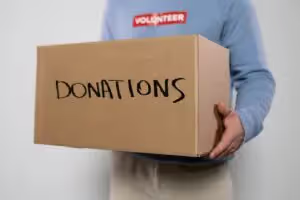
Phase 4: Wrap-Up
At the end of the month, the challenge ends. Hopefully, all of your participants have met the challenge goal and raised some money along the way. Your nonprofit has raised significant amounts of money and cultivated a new group of energized supporters. Make sure you keep in touch with them and add their information to your CRM system.
Officially bring the challenge to a close by posting in the Facebook Group and sending an email to participants. Include all relevant information and statistics including the amount of funds raised. Attach a post-challenge survey as well to gather information about the challenge from the participants’ perspective.
Use all of the information you gathered from the challenge and the wrap-up to plan your next challenge. Running a Facebook challenge is a complex endeavor and can be variable depending on the nonprofit operating it. The more information you can gather for the next one, the more successful it is likely to be. If you have the capacity, we recommend operating another challenge in the next quarter.
Case Studies
Following this guide, Nonprofit Megaphone partnered with nonprofit organization Kennel to Couch for a Facebook challenge in June 2022. The challenge was a tremendous success. Here are some of the fundraising and engagement statistics:
- Facebook Group Members: 19,978
- Total Dollars Raised: $243,532
Technology
Depending on the size and scale of your organization, you’ll want to consider using technology to help you manage the Facebook challenge. Thankfully, the built-in advertising, fundraising, and social media tools provided by Facebook will do most of the heavy lifting for your organization. However, if you want to take your challenge to the next level, think about what solutions you have for messaging, managing, and data collection.
Conclusion
Facebook challenges give nonprofits a brand new way to raise funds and cultivate supporters. Using the power of social media and personal growth, participants can engage in a campaign that benefits all involved. With the proper execution and following the steps outlined above, your organization can take advantage of all Facebook challenges have to offer. Learn more about how you can execute a Facebook Challenge by getting in touch with us at Nonprofit Megaphone.
.svg)


.svg)
.svg)
.svg)

.avif)
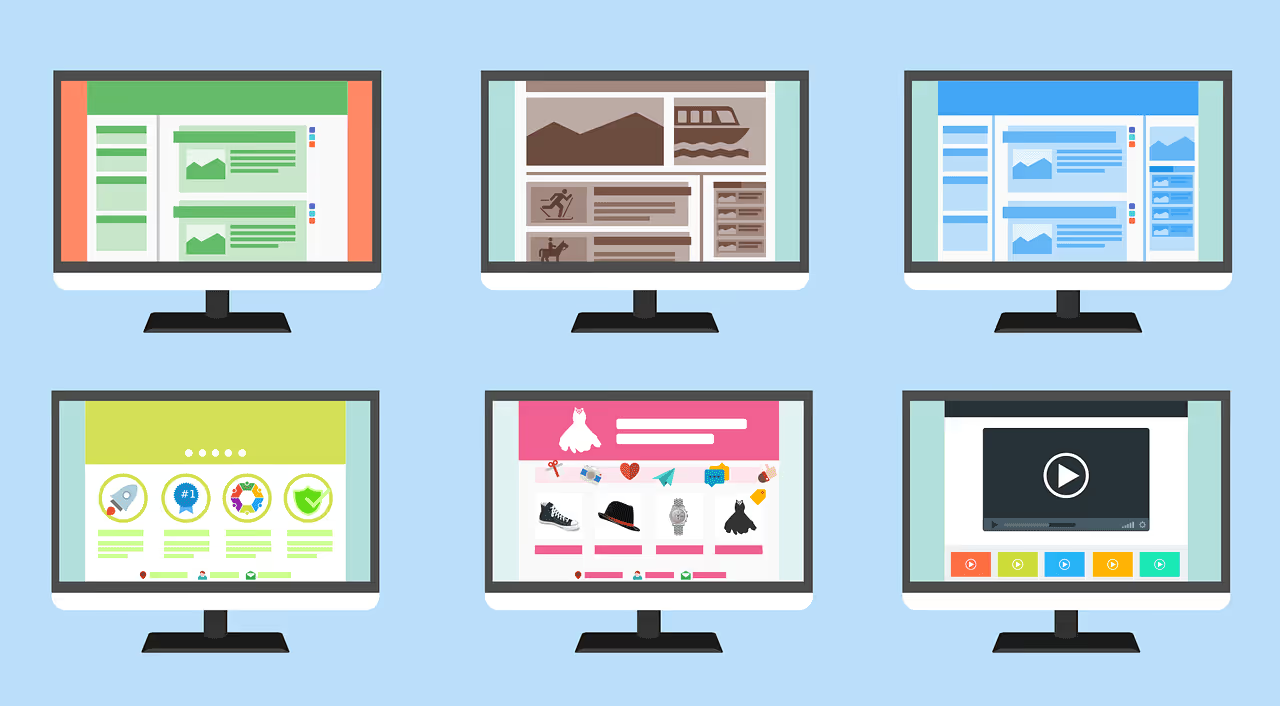
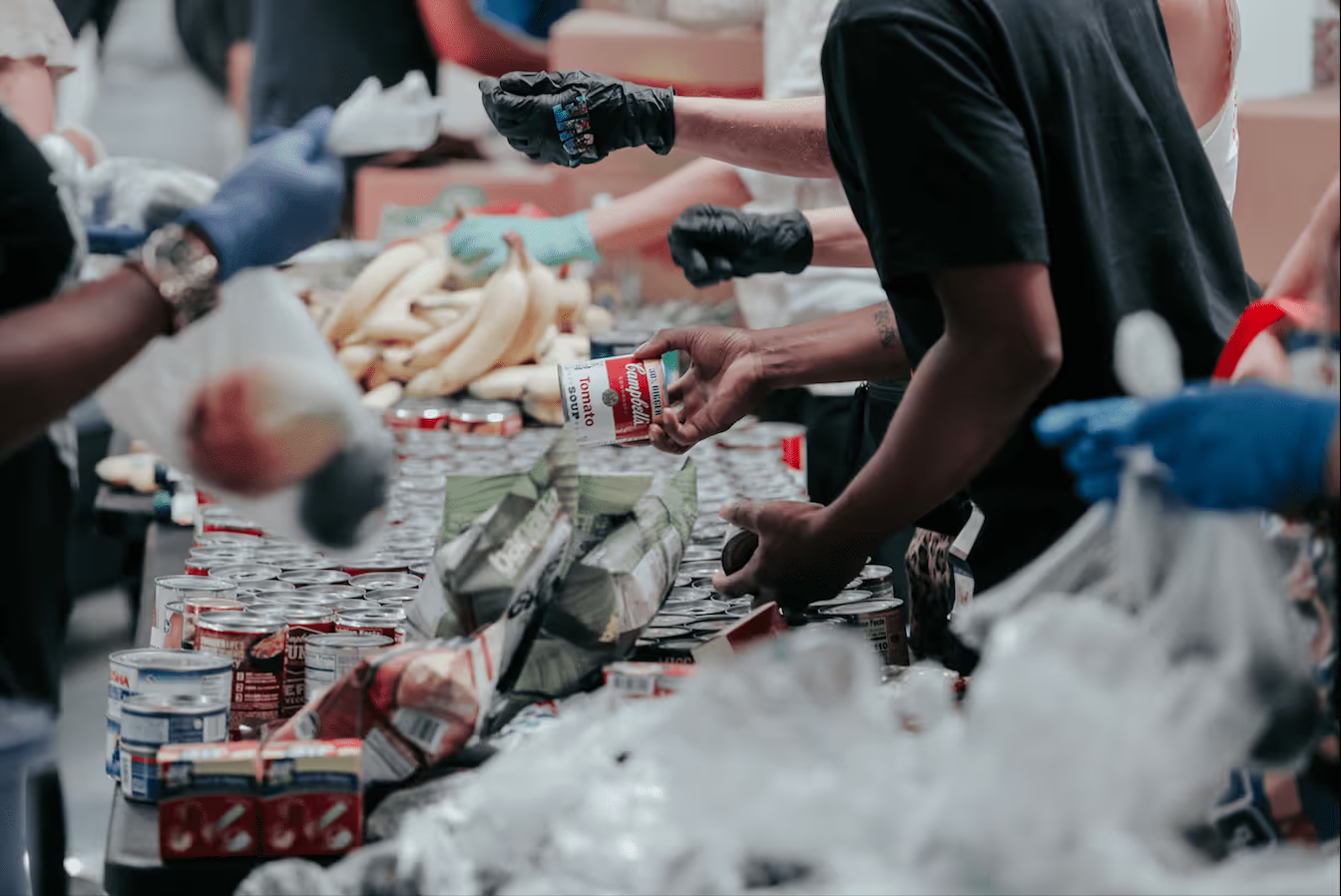







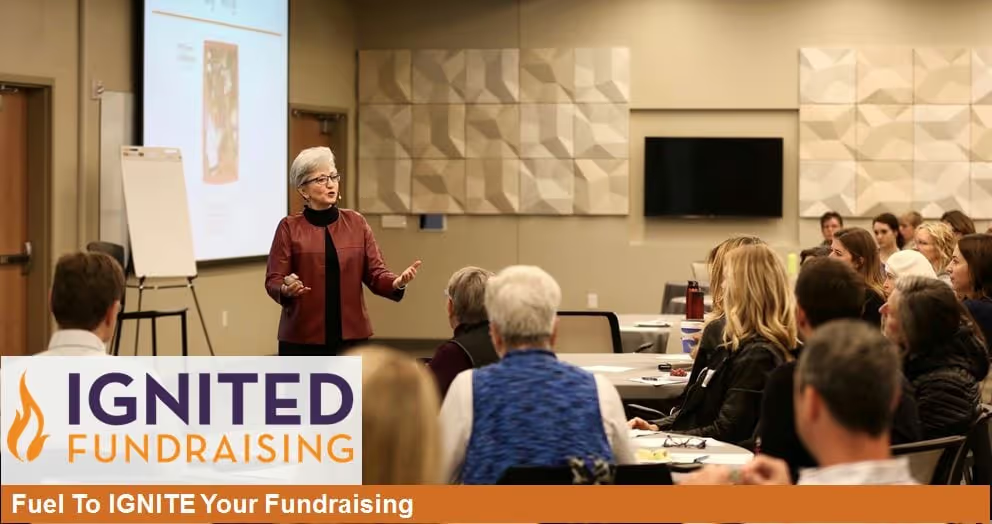
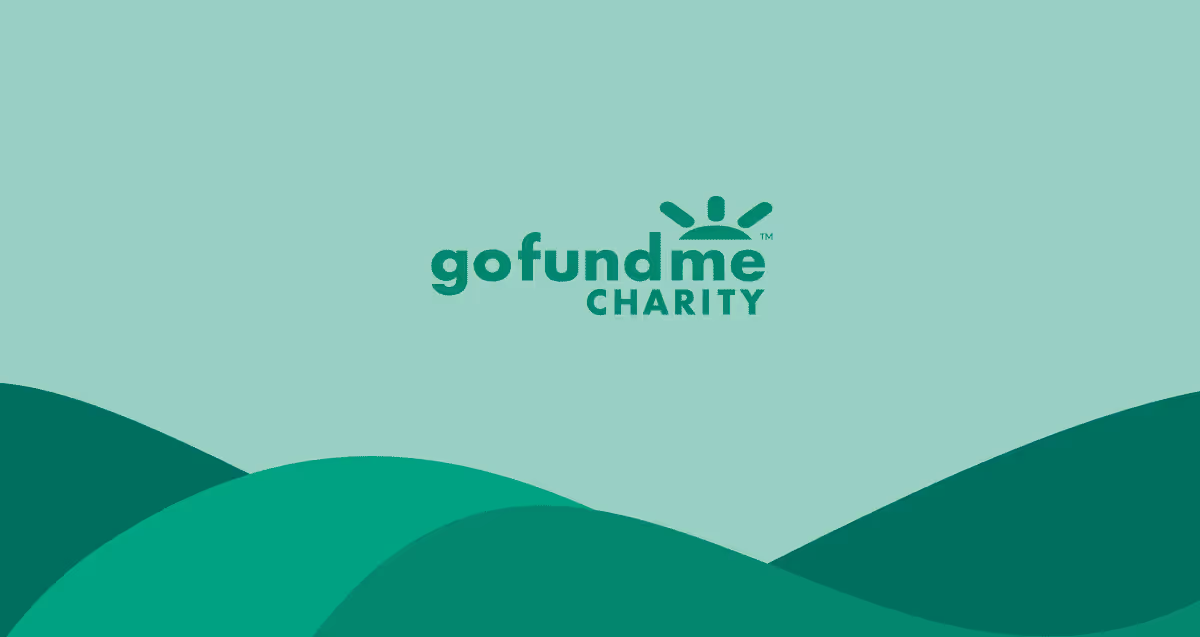






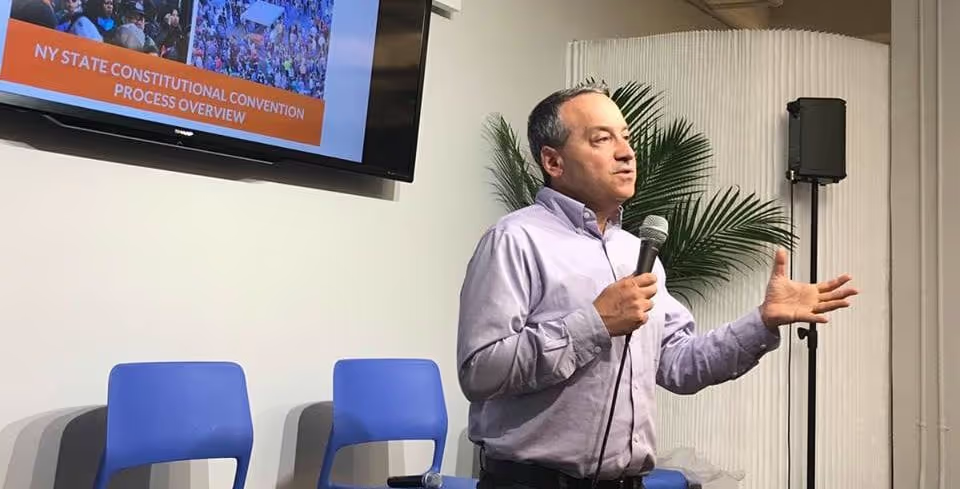



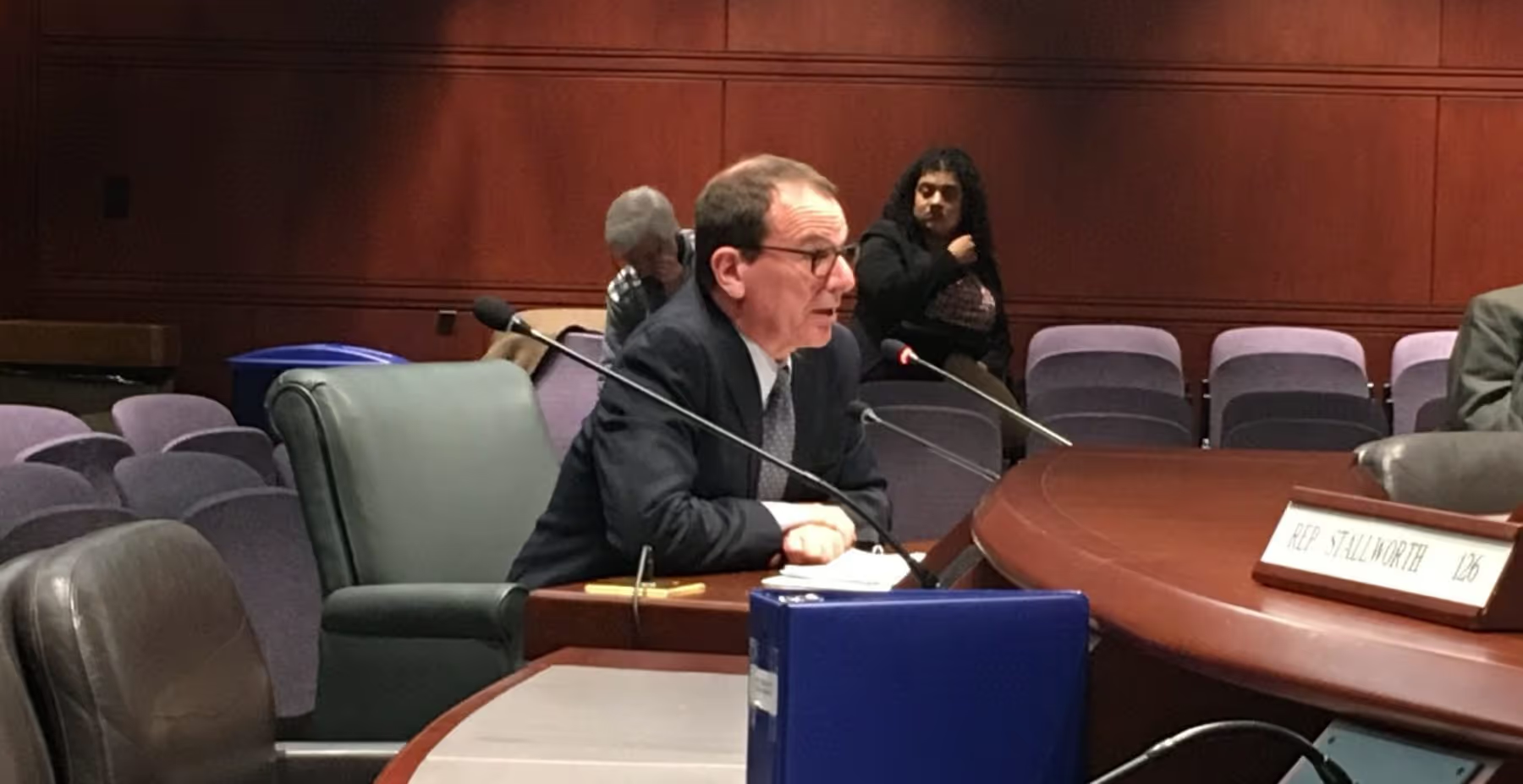
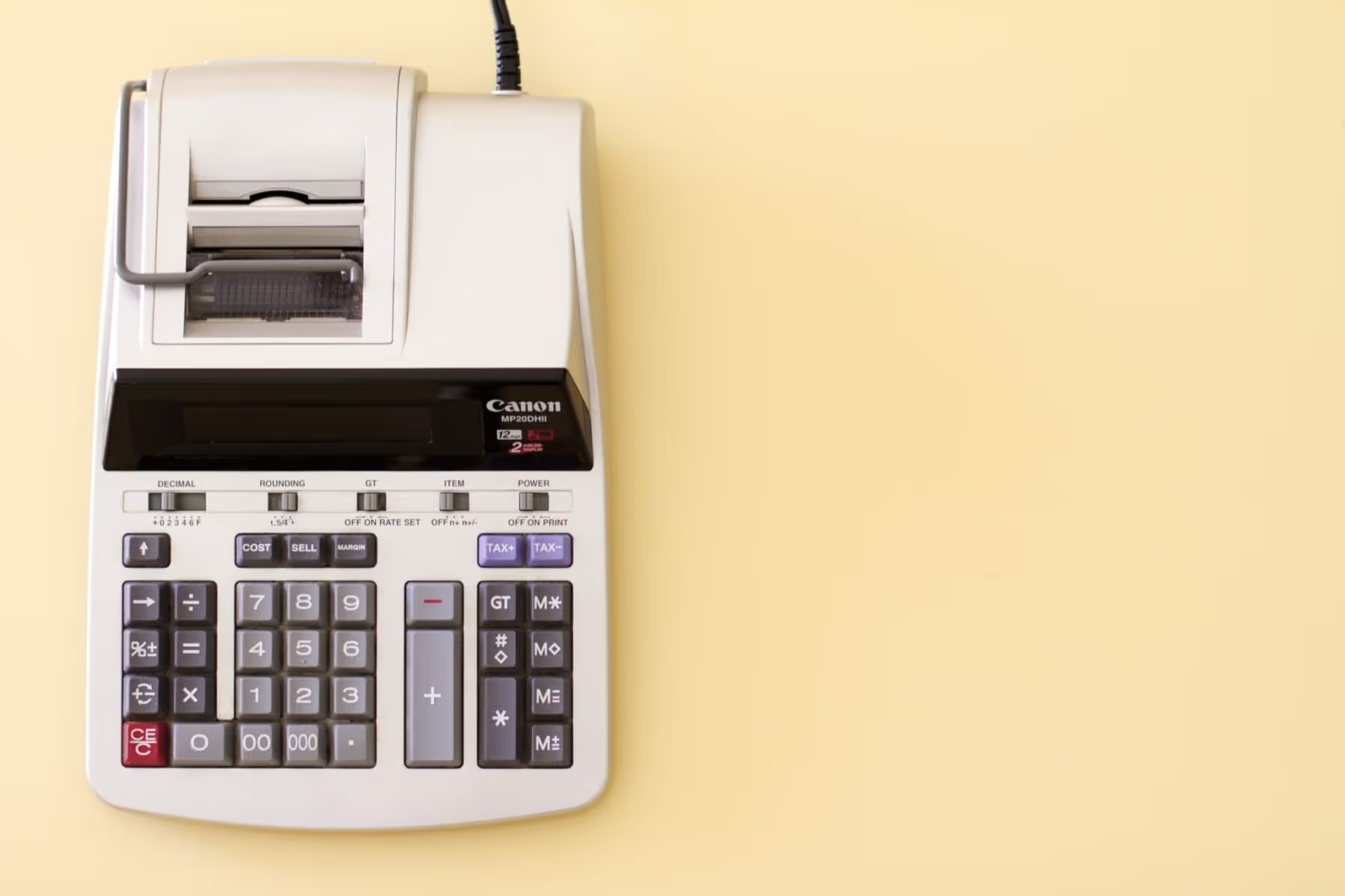


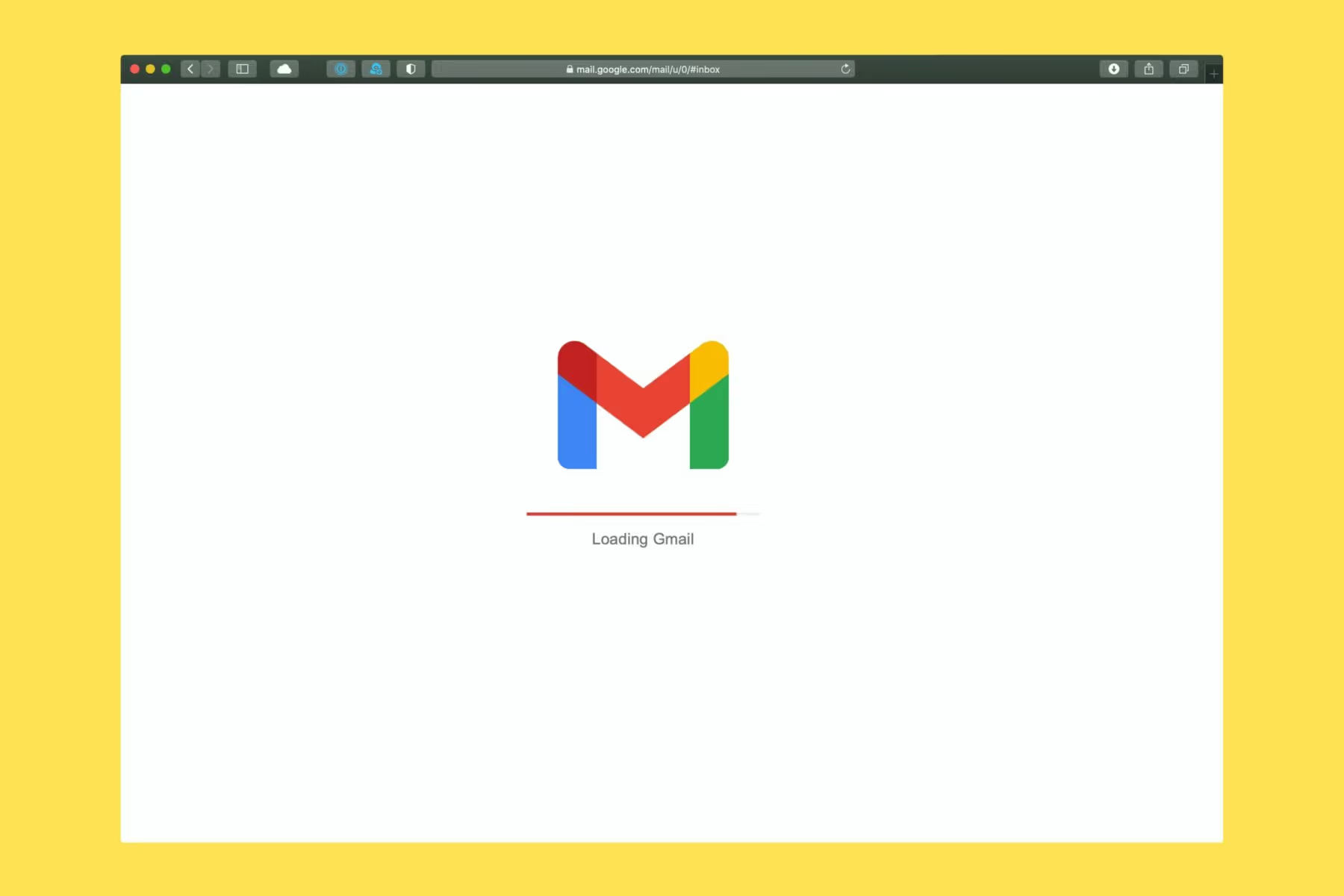

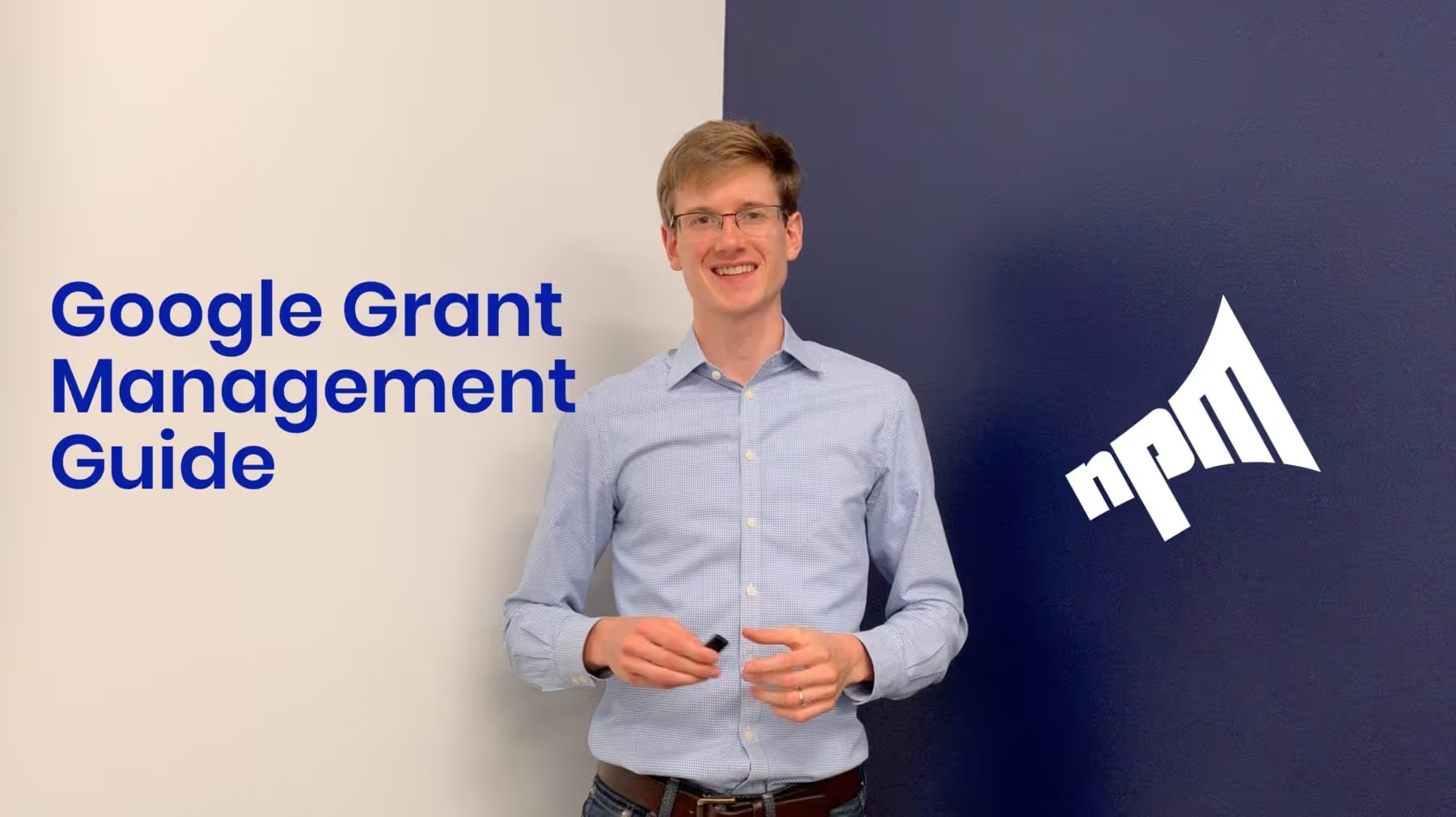






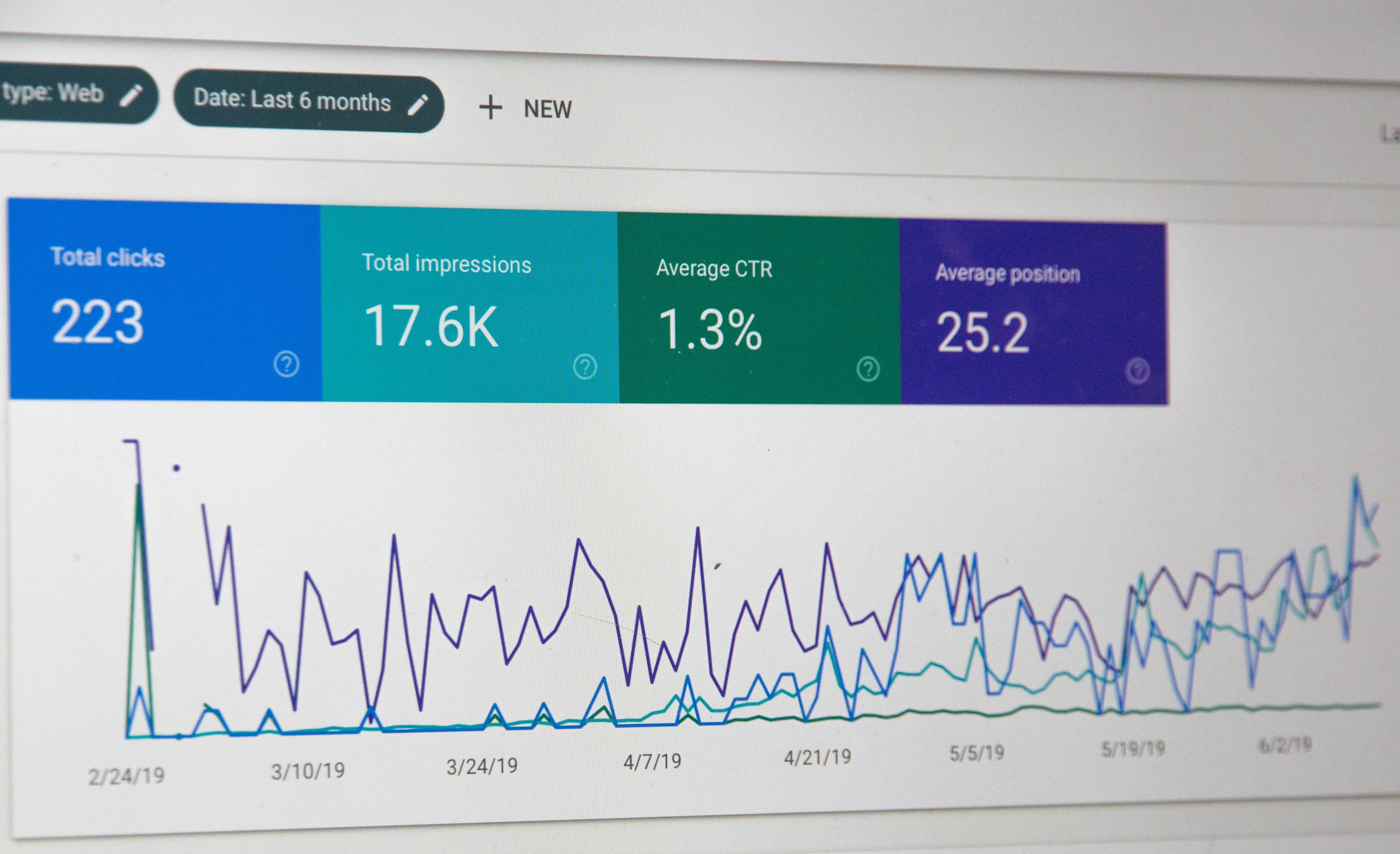
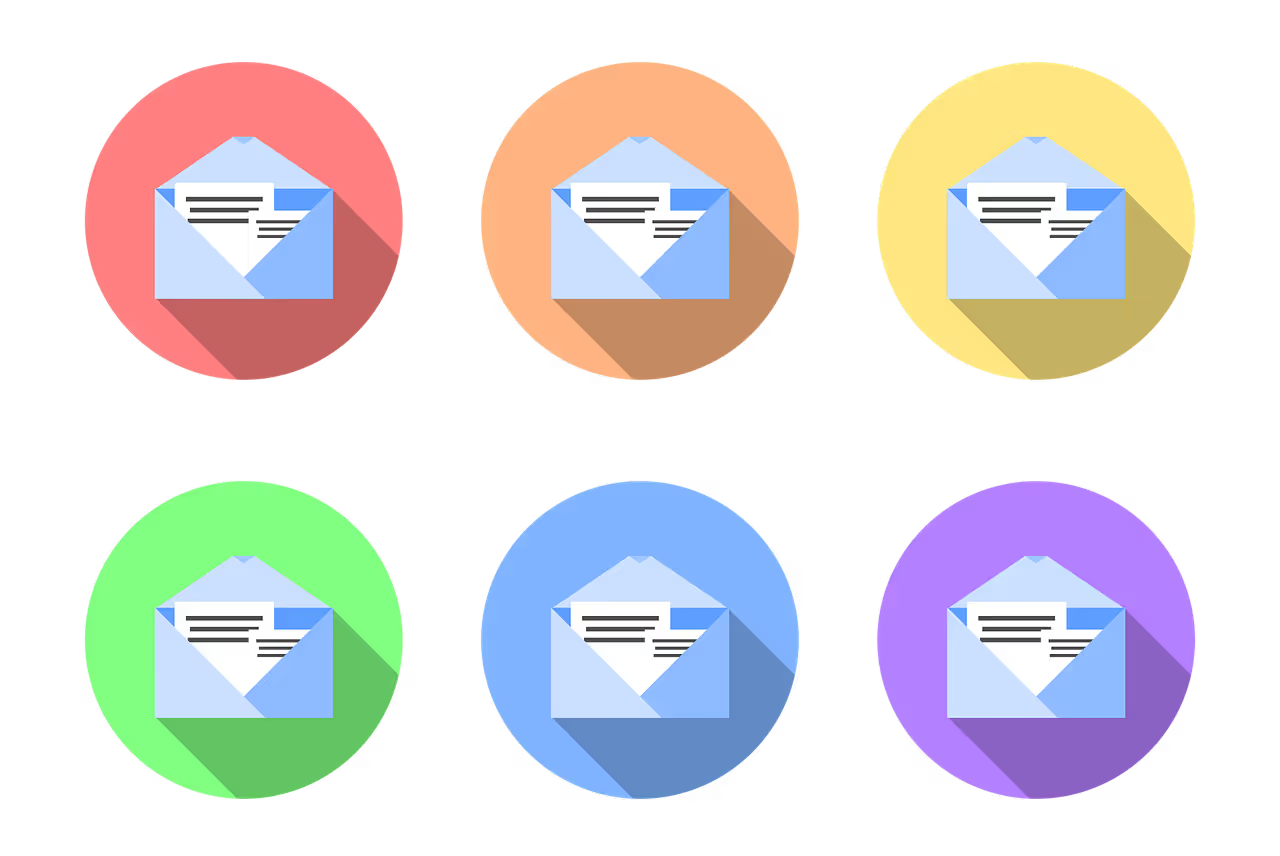





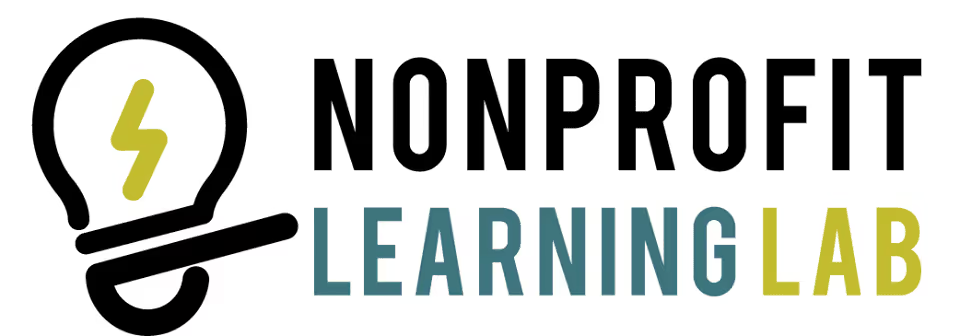



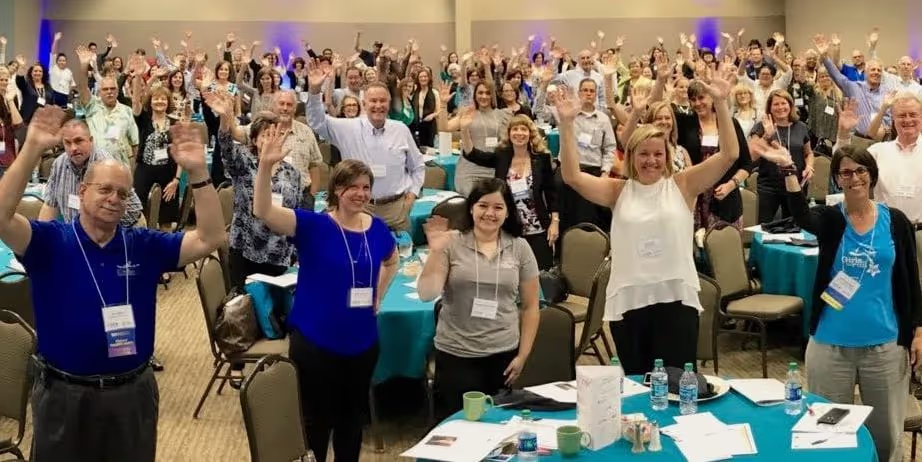






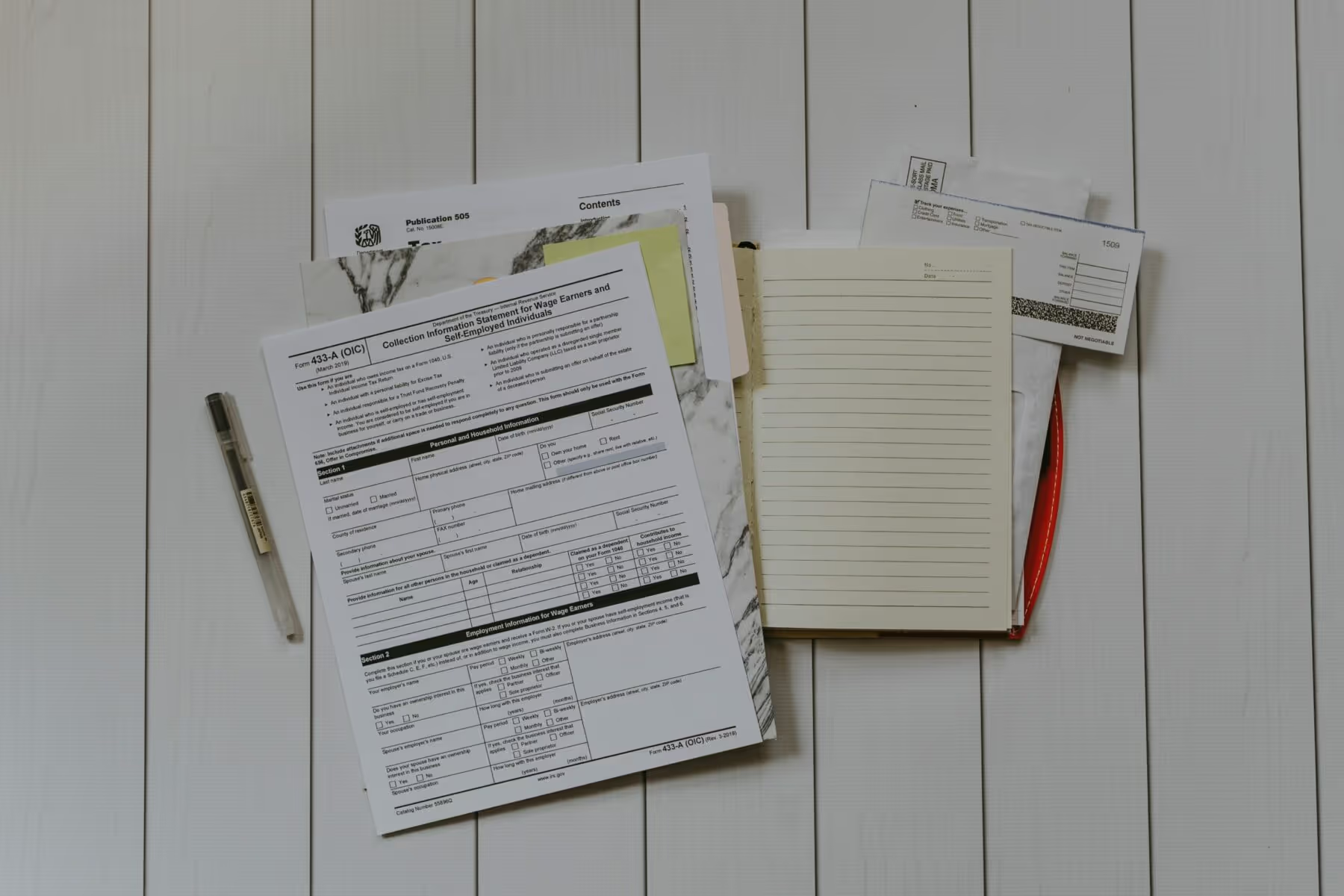

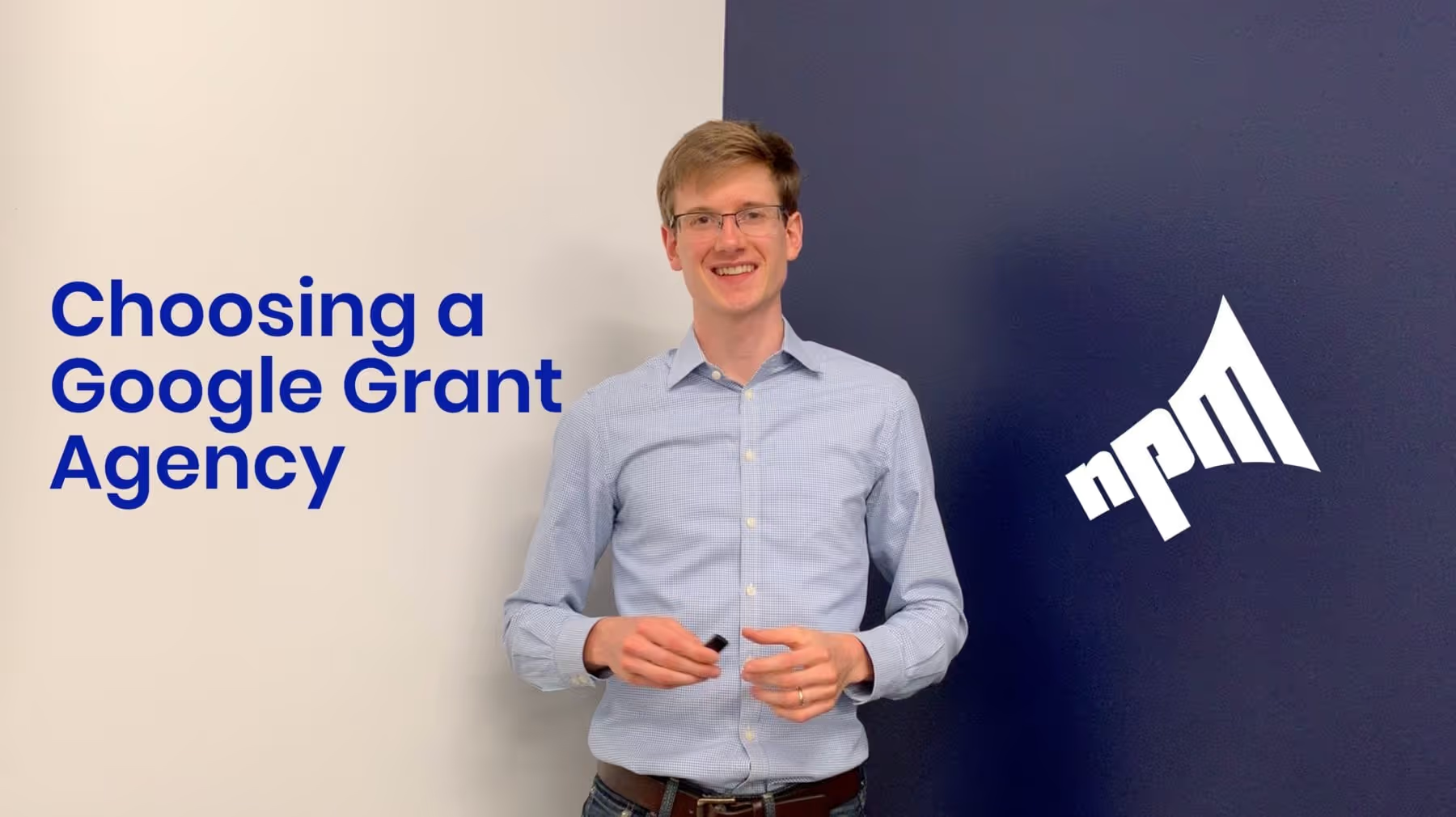



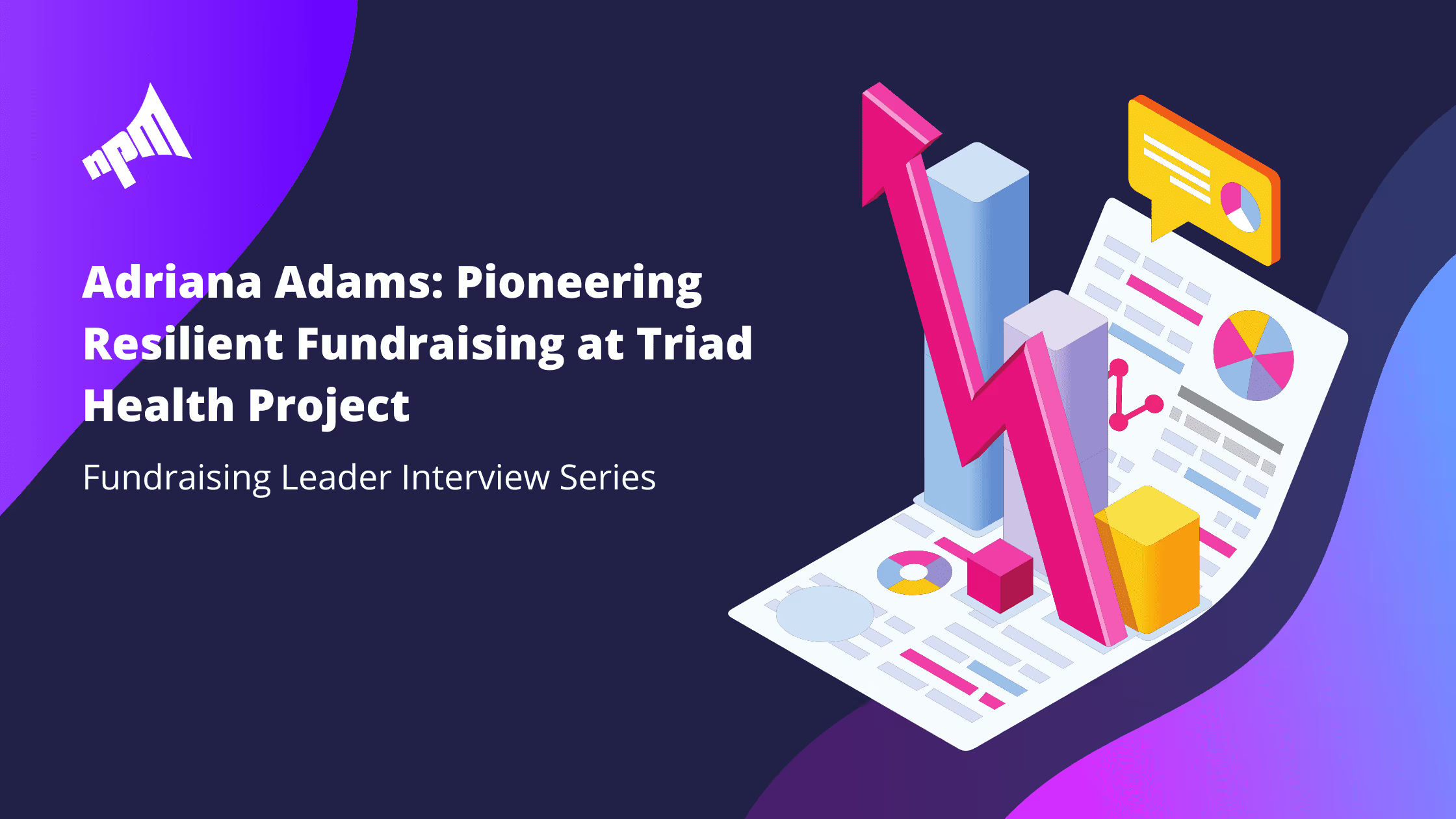




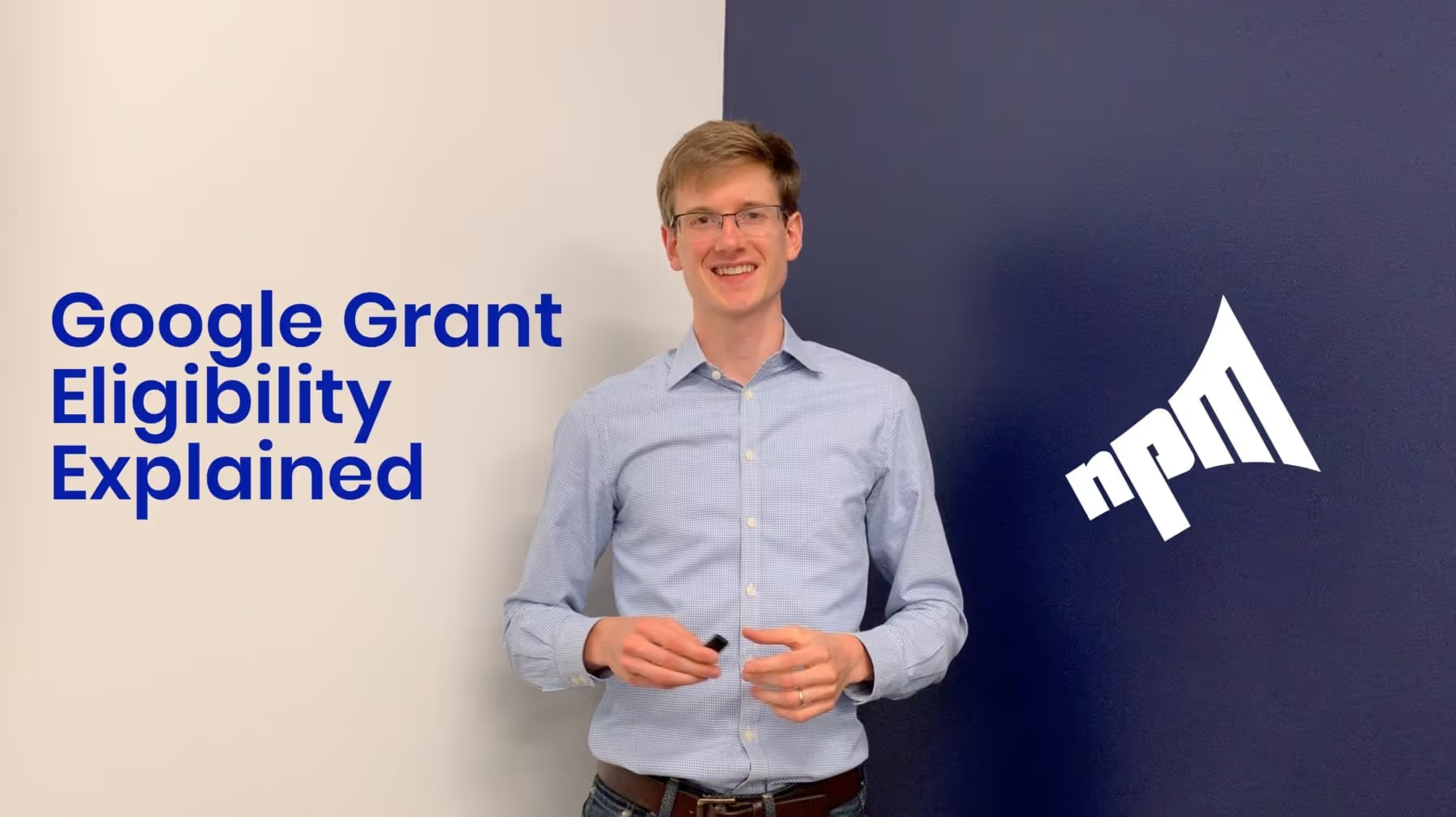

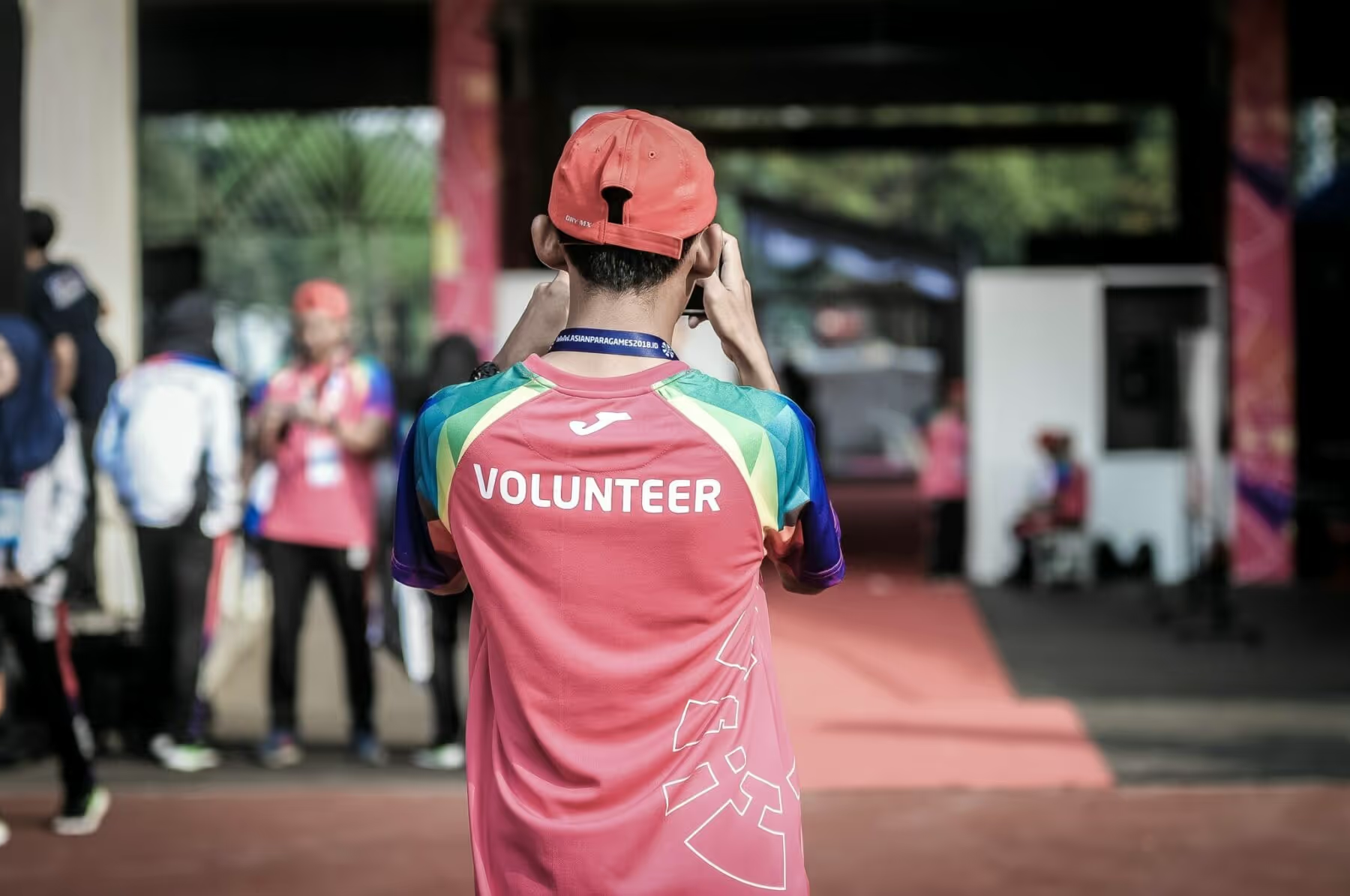



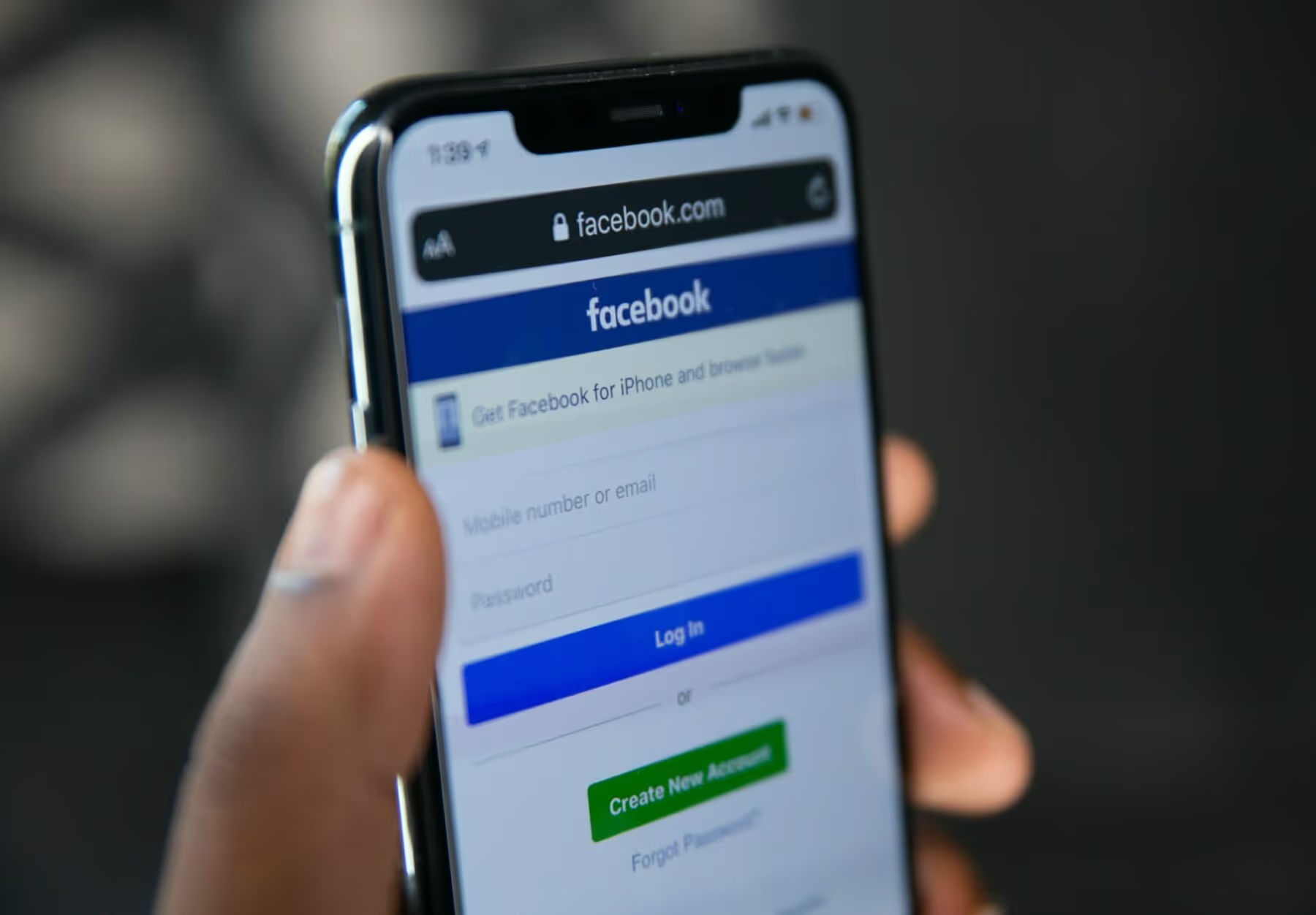




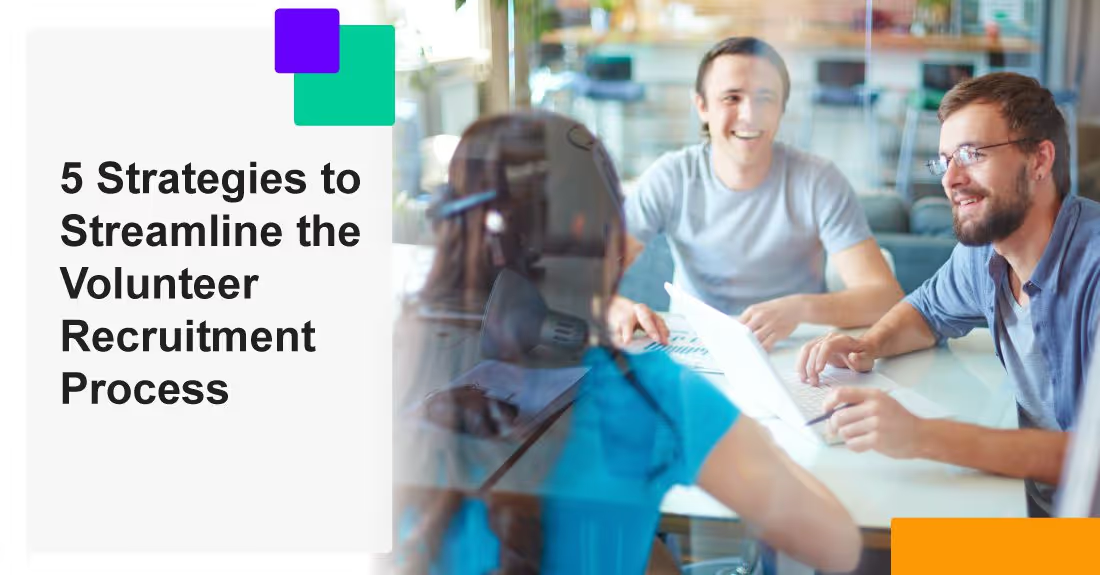



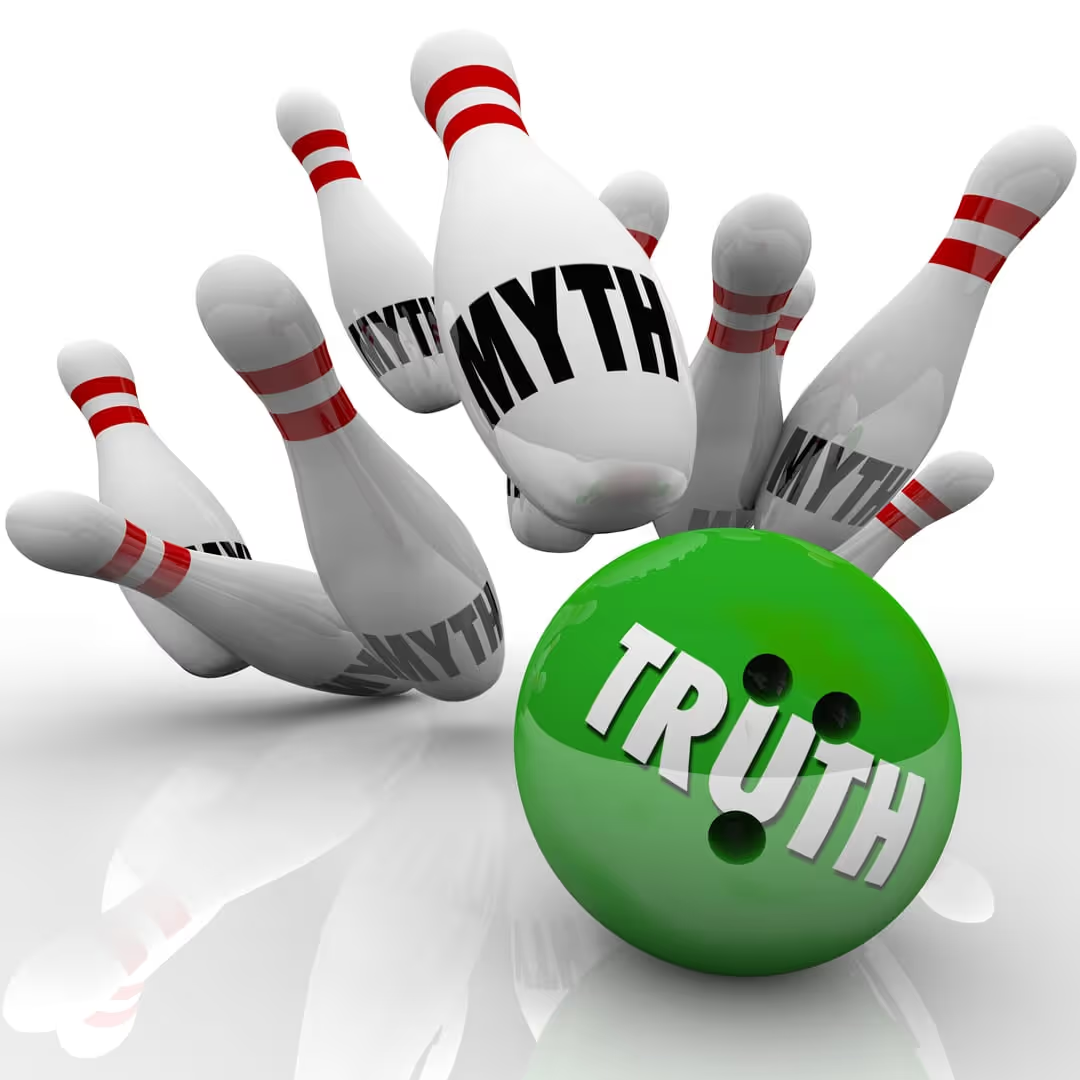

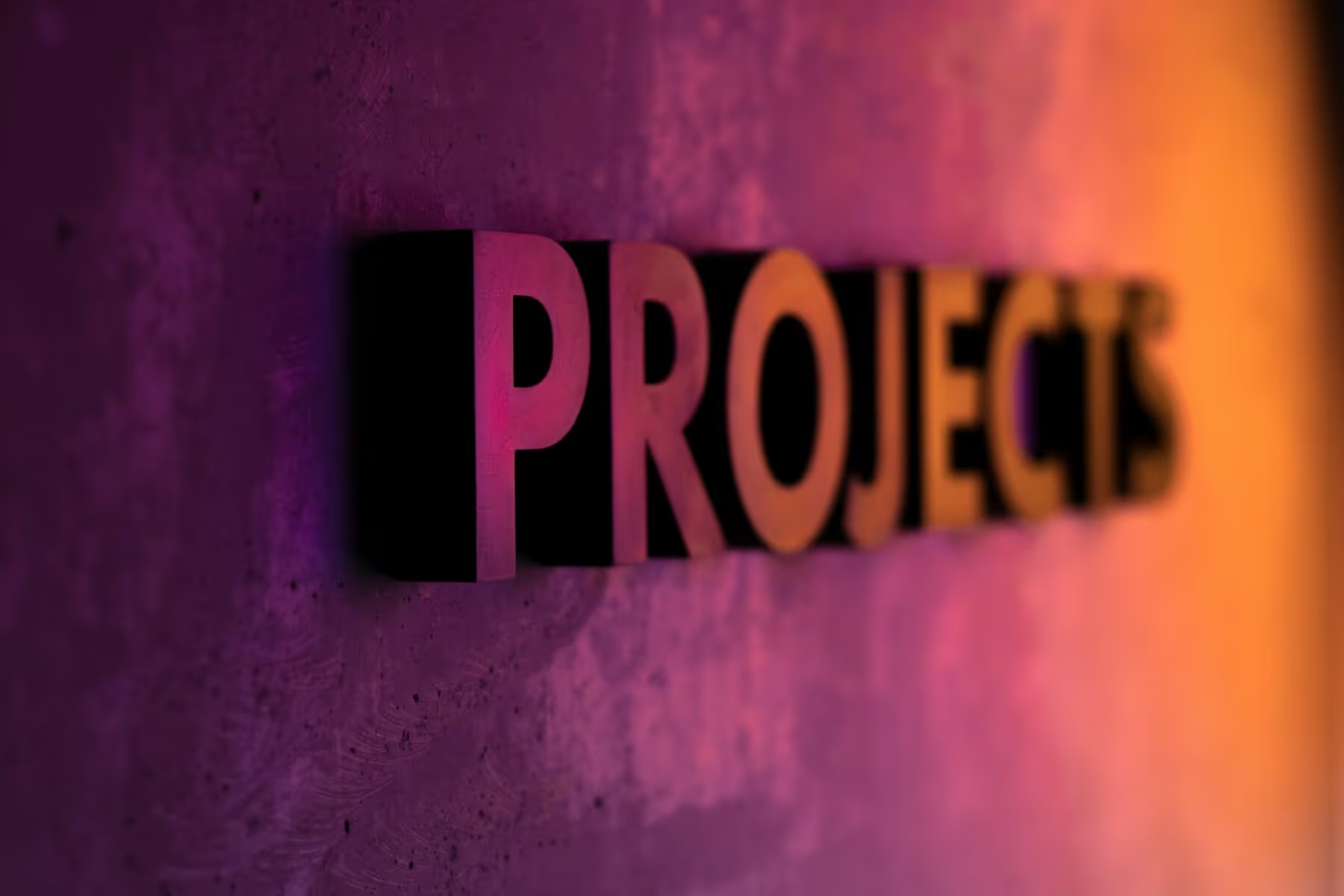

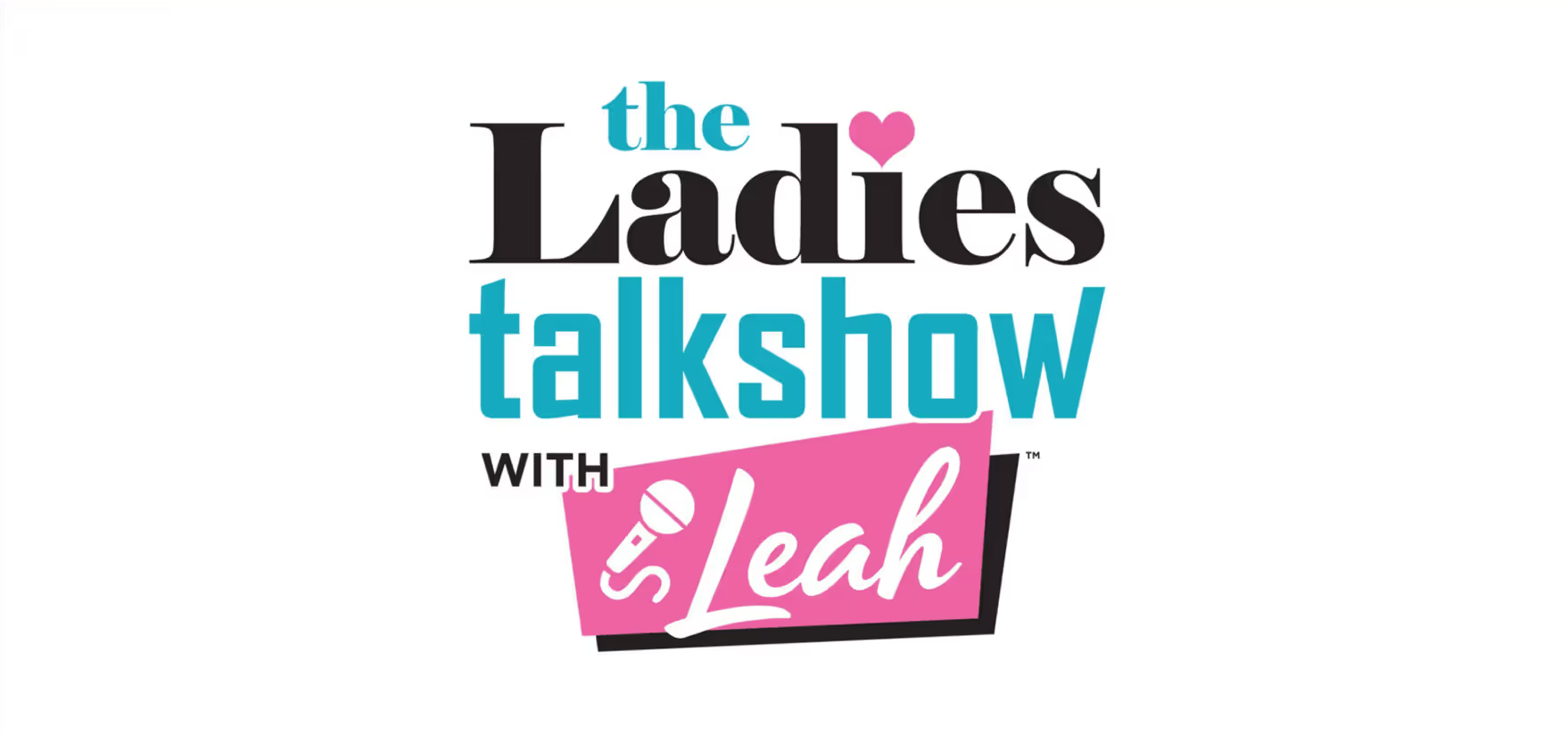
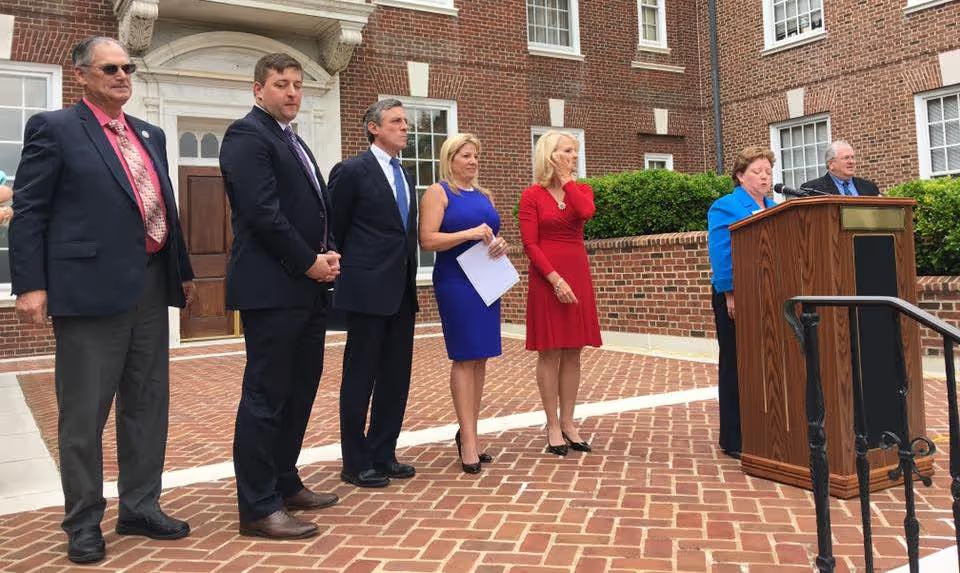
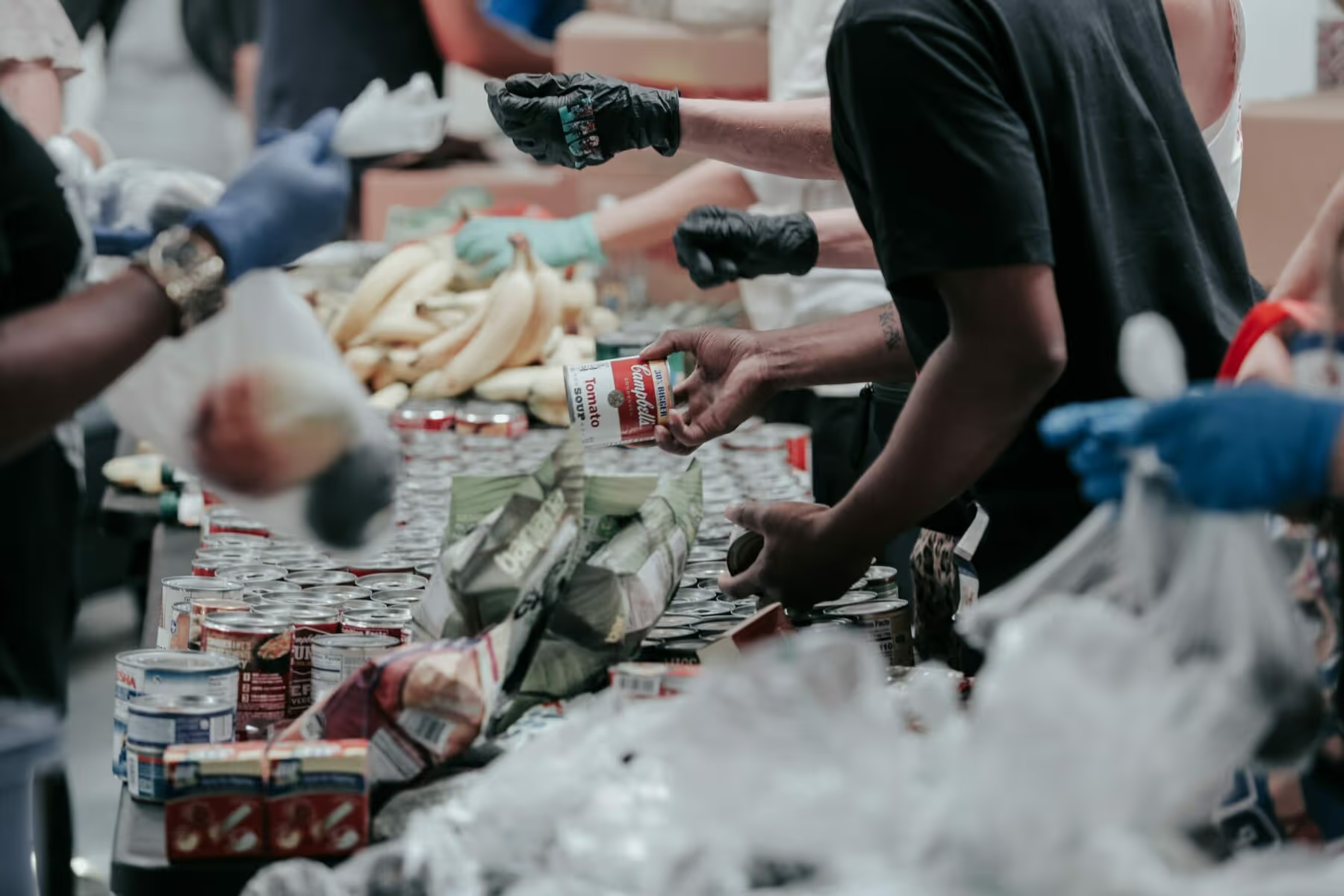



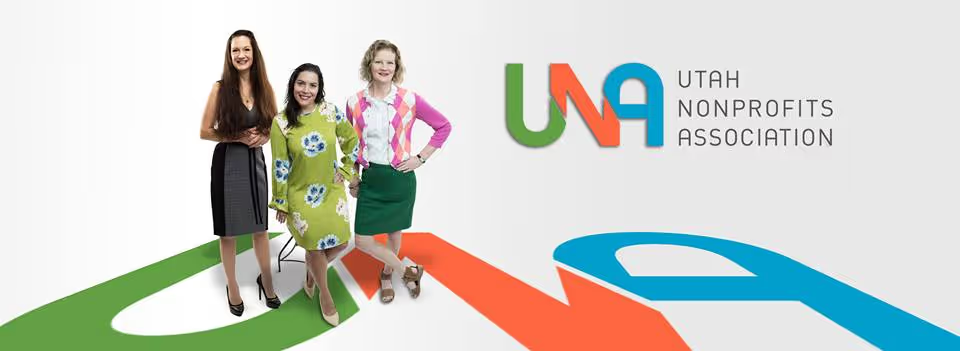




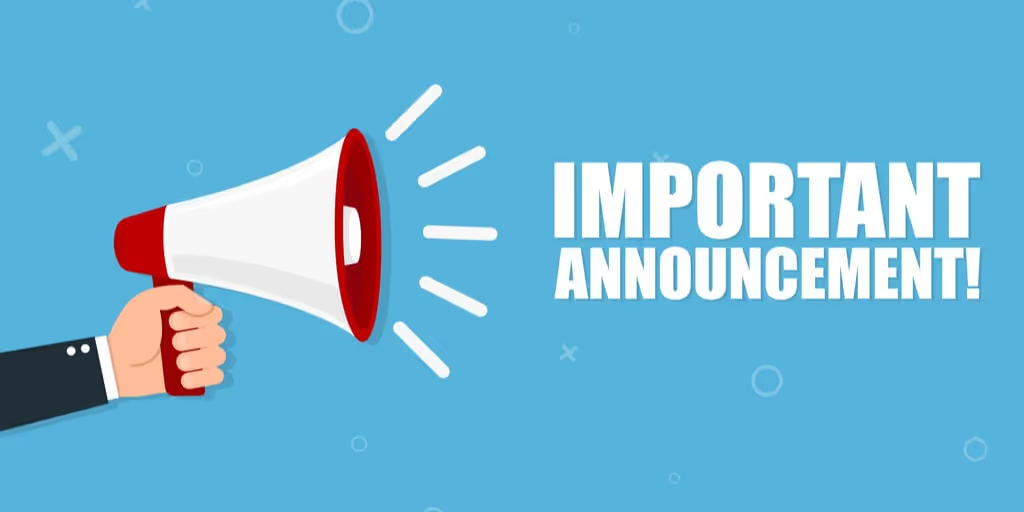



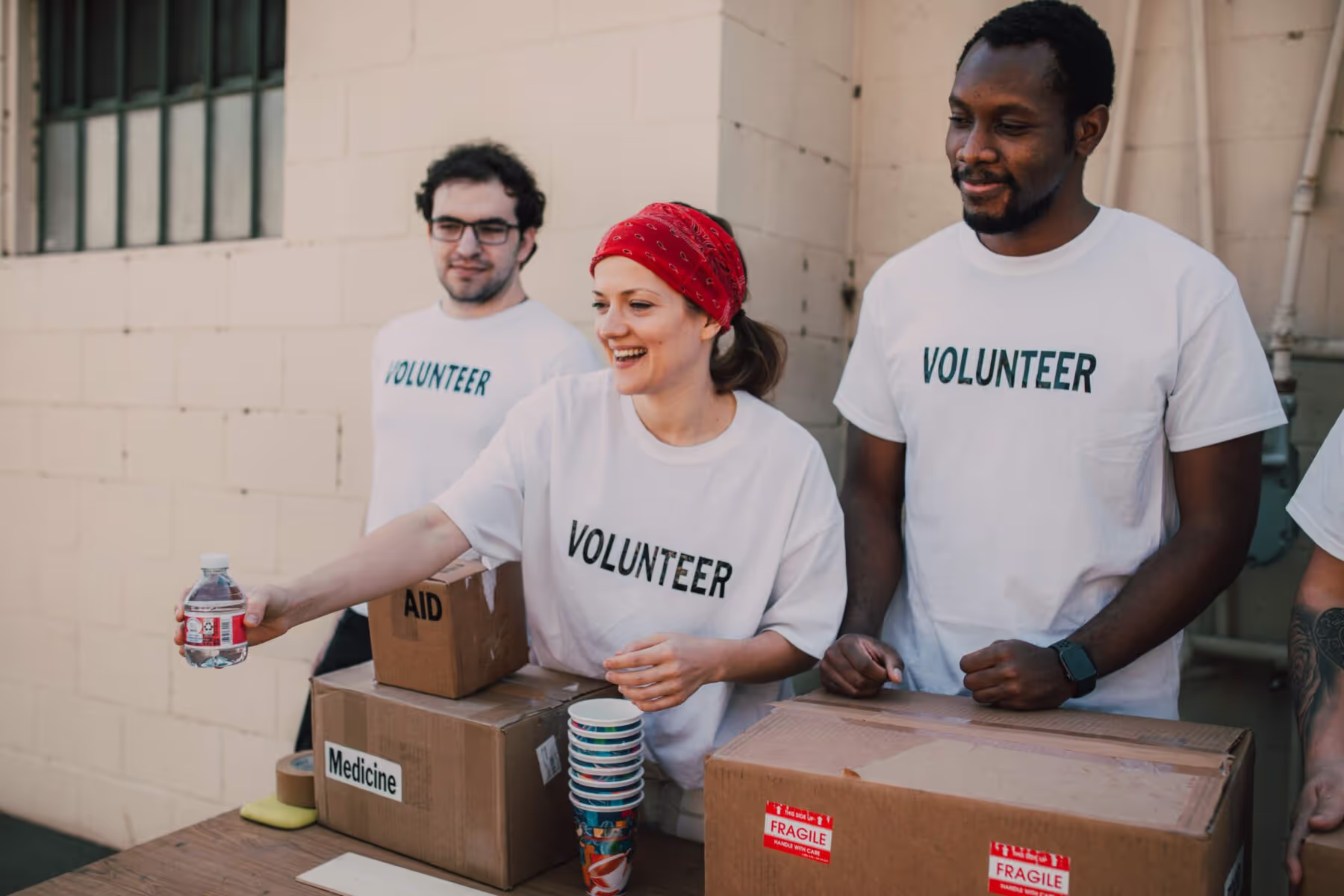





.svg)
.svg)
.svg)
.svg)